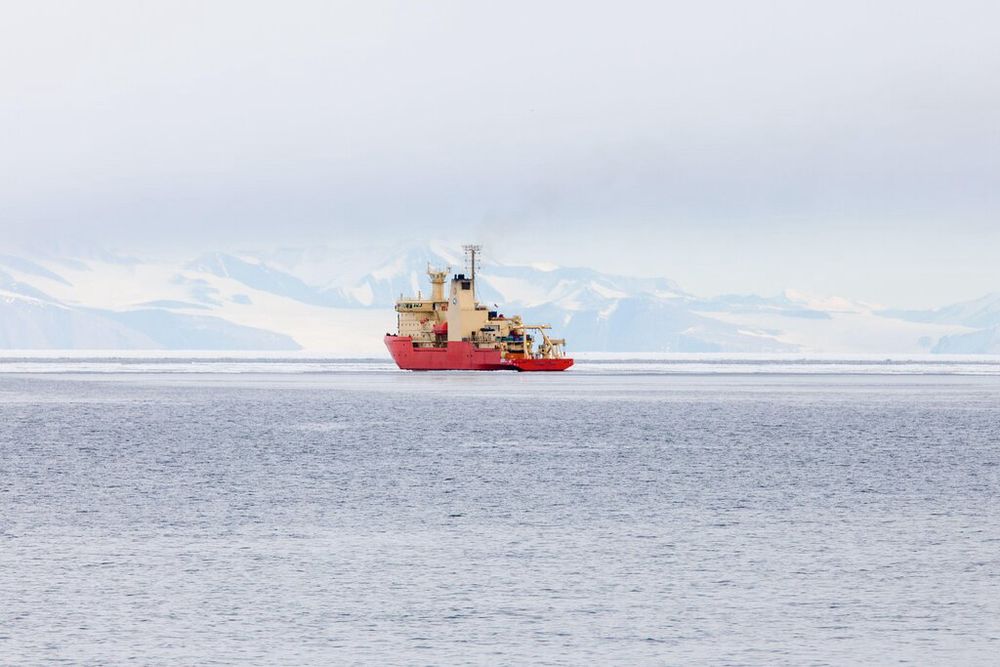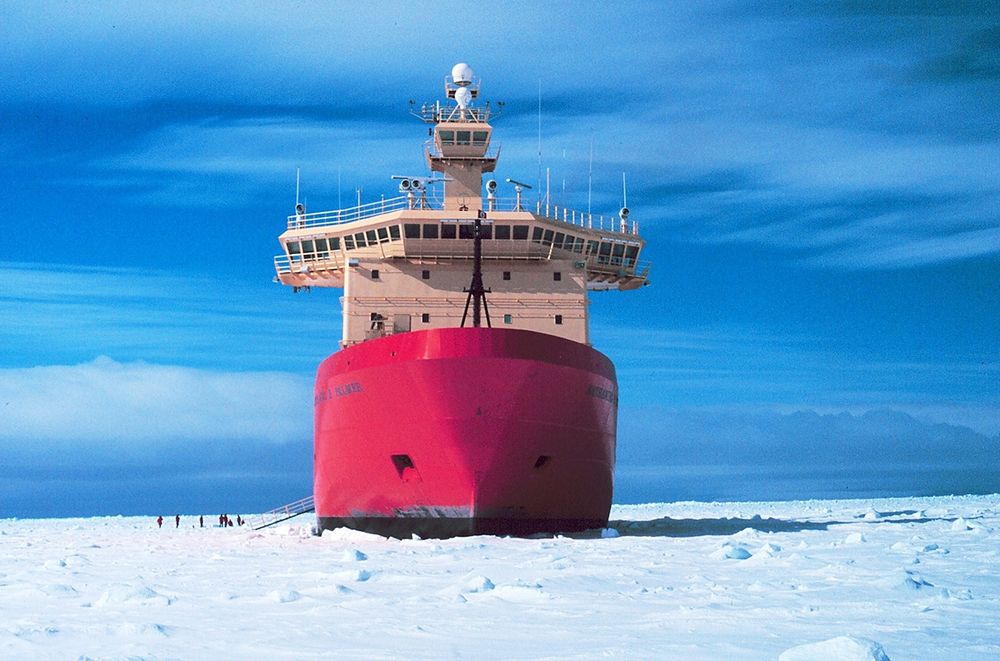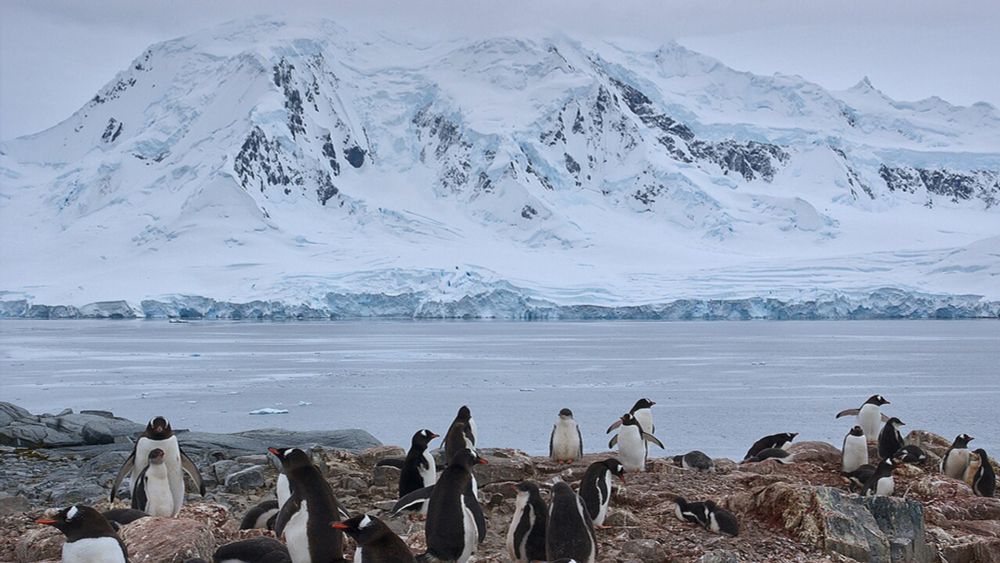Hilde Oliver
@hildeoliver.bsky.social
450 followers
370 following
8 posts
Assistant Scientist at WHOI, oceanographer / sea-going modeler 🌊 physical-biological interactions, polar and coastal systems 🇦🇶 Canadian-East Tennesseean
https://www2.whoi.edu/staff/holiver
Posts
Media
Videos
Starter Packs
Hilde Oliver
@hildeoliver.bsky.social
· Sep 6

High Antarctic coastal productivity in polynyas revealed by considering remote sensing ice‐adjacency effects
Ocean color-based estimates of Antarctic net primary productivity (NPP) have indicated low nearshore productivity in ice-adjacent waters, contrasting with coupled physical–biogeochemical models. To u....
aslopubs.onlinelibrary.wiley.com
Reposted by Hilde Oliver
Reposted by Hilde Oliver
Mark Hopwood
@markinchina.bsky.social
· Aug 20
Reposted by Hilde Oliver
Rob Larter
@polarrobs.bsky.social
· Aug 19
Scientific American
@sciam.bsky.social
· Aug 19

U.S. Researchers May Never Probe Deep into Antarctica’s ‘Doomsday Glacier’ Again Without This Ship
The National Science Foundation will stop operating the Nathaniel B. Palmer icebreaker and slash polar science funding by 70 percent, devastating Antarctic research
www.scientificamerican.com
Reposted by Hilde Oliver
Reposted by Hilde Oliver
Ian Hall
@ianhall.bsky.social
· Aug 5

New study illuminates how diatoms thrive in—and light up—the Southern Ocean
An area of the remote Southern Ocean that's long confused ocean color satellites by reflecting large amounts of turquoise-colored light appears to be full of silica-rich diatoms, according to a new st...
phys.org
Hilde Oliver
@hildeoliver.bsky.social
· Aug 5

Increased melt from Greenland’s most active glacier fuels enhanced coastal productivity - Communications Earth & Environment
Melting from Greenland’s glaciers increases primary productivity in Qeqertarsuup Tunua by up to 40%, according to analysis of biogeochemical modelling.
www.nature.com
Hilde Oliver
@hildeoliver.bsky.social
· Aug 4

Biological, Biogeochemical, Bio‐Optical, and Physical Variability of the Southern Ocean Along 150°W and Its Relevance to the Great Calcite Belt
Particulate inorganic carbon (PIC) concentration was highest in the Great Calcite Belt (GCB) and south of 54°S, where biogenic silica (BSi) was also highest
Optical backscatter by BSi exceeded ca...
agupubs.onlinelibrary.wiley.com
Reposted by Hilde Oliver
jamelle
@jamellebouie.net
· Jul 29
Michael Lowry
@michaelrlowry.bsky.social
· Jul 28
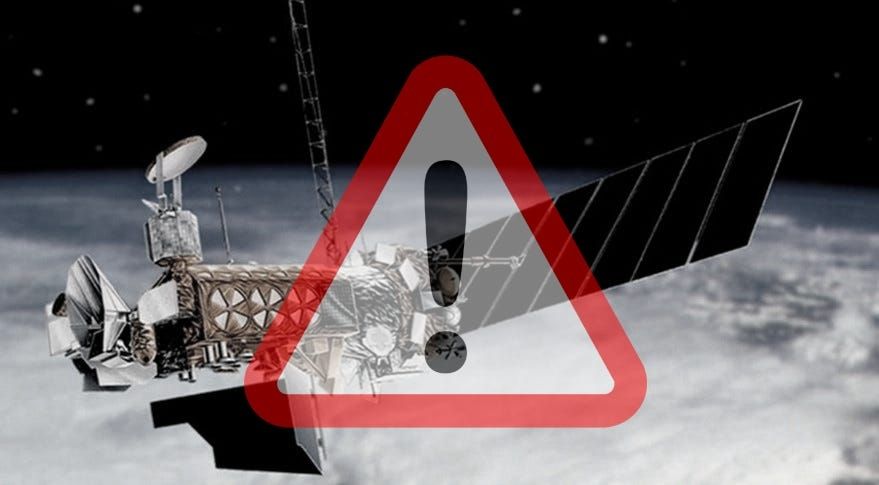
Navy Set to Unplug Critical Hurricane Satellites this Week
Abrupt termination of satellite data by U.S. Department of Defense sends forecasters scrambling for a fix on the brink of the busiest stretch of the hurricane season
michaelrlowry.substack.com
Reposted by Hilde Oliver
Carlos Moffat
@carlosmoffat.com
· Jul 25
Reposted by Hilde Oliver
Lily Dove
@solilyquy.bsky.social
· Jul 7
Hilde Oliver
@hildeoliver.bsky.social
· Jul 7
Reposted by Hilde Oliver
jamelle
@jamellebouie.net
· Jun 1
Reposted by Hilde Oliver
Peter Crockford
@earth2pete.bsky.social
· Dec 19
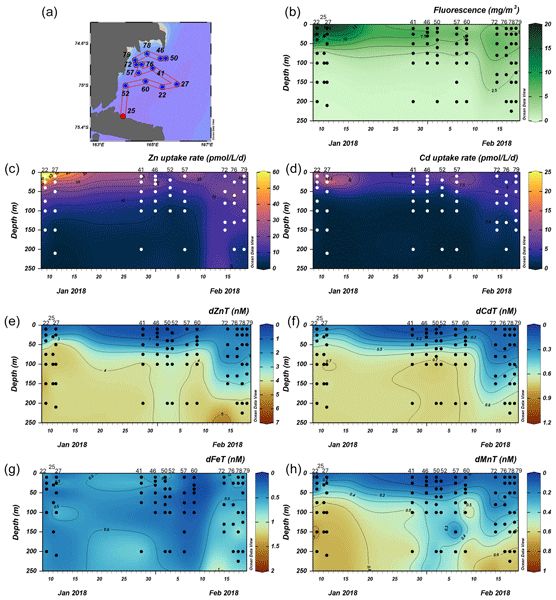
High metabolic zinc demand within native Amundsen and Ross sea phytoplankton communities determined by stable isotope uptake rate measurements
Abstract. Zinc (Zn) is an essential micronutrient for most eukaryotic phytoplankton. Zn uptake by phytoplankton within the euphotic zone results in nutrient-like dissolved Zn (dZn) profiles with a lar...
bg.copernicus.org






